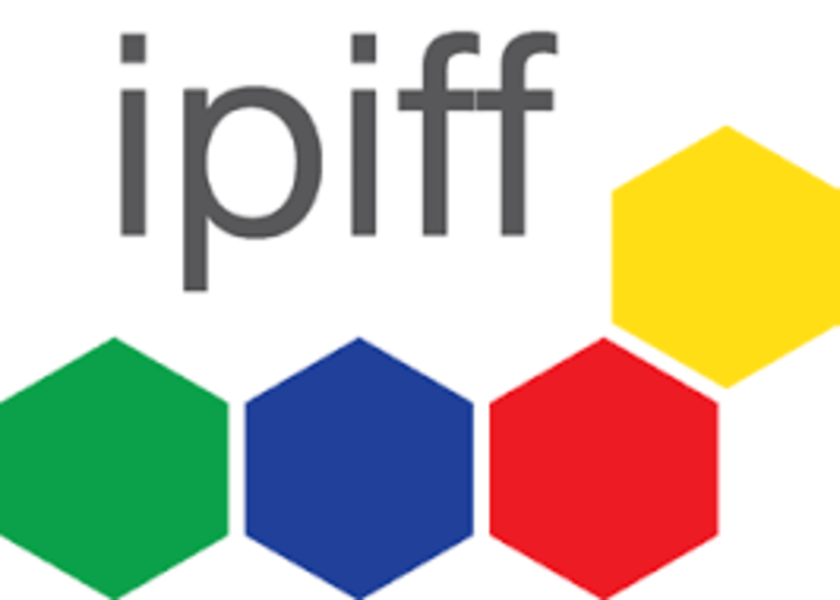1. What do insects eat?
Generally, the substrate used in insect farming represents a mix of different agri-food by-products and underused side streams (for further information, please refer to the IPIFF Guide on Good Hygiene Practices). The ‘recipe’ used represents a combination of ingredients that takes into consideration the species farmed, their life stage and the desired output (i.e. to be used in food or feed application). In the European Union, insects are considered ‘farmed animals’ – which means that the feedstuff used in insect farming has to follow the safety standards applied to other farmed animals, such as chickens or pigs. Therefore, insects used in food and feed applications cannot be presently fed with catering waste or animal manure.
2. How can insect producers guarantee that their products are safe?
The existing scientific literature shows that insects entail low pathogen risks for food and feed applications. Notably, the opinion conducted by the European Food Safety Authority (EFSA) in 2015 indicated that ‘insects carry no additional biological or chemical risks compared to other protein sources of animal origin when fed with currently allowed feed materials in the EU’ (i.e. vegetal based substrates, former foodstuffs containing such materials or animal-based products such as milk, eggs, honey rendered fats, blood or fishmeal). Whilst EFSA circumscribed its evaluation to a limited number of insects included on a ‘positive list’ (i.e. 12 species in total), this opinion, however, also underlines the importance that producers comply with adequate production methods and/or hygiene standards as a precondition to ensure the safety of insect products placed on the market. To help insect business operators (IBOs) complying with such standards, IPIFF developed the IPIFF Guide of Good Hygiene Practices. This publication recommends IBOs to closely follow good practices illustrated throughout the document with the aim to support the management of ‘safe products suitable for both human consumption and animal feed’. Not every insect species is suitable for insect farming. The species authorised at the moment are known to be safe because they are not a vector of diseases or viruses and they are also not invasive. Like any other animal farm, IBOs are registered before their national competent authority, which can undergo inspections to ensure that good farming practices are properly implemented in accordance with the European or national legislation.
3. What is the current ‘state of development’ of the European insect production sector?
European producers use exclusively indoor or semi-indoor systems, which allow for proper insect growth and development. Producers have also recently developed advanced production techniques – based on modern technologies and full or semi-automatic systems. The European insect industry is today a world leader in terms of innovation and technological advancement. The ability of EU producers to keep this leadership will, however, depend mainly on whether the ‘conditions of a favourable EU regulatory environment’ can be met in the next few years.
4. What are the key regulatory priorities of the European insect sector?
The IPIFF Regulatory Brochure* includes the main regulatory priorities of the European insect sector. Firstly, IPIFF supports the diversification of substrates authorised in insect farming, with former foodstuffs containing meat and fish being the main priority (primarily for the feed chain). This authorisation will allow the insect sector to maximise its upcycling potential, directly contributing to reducing EU’s food waste burden by using products before they are classified as ‘waste’. With respect insects as feed, following the approval of insect processed animal proteins (PAPs) in poultry and swine feed from September 2021, the development of EU standards for whole (treated) insects as animal feed is amongst the new targets of our sector. In terms of insects as food, IPIFF is in close contact with the European Commission and EFSA in order to provide constructive input for the authorisation process of insects as a novel food (for further details, please consult the updated IPIFF Briefing Paper on Novel Food, the IPIFF Briefing note on the CJEU ruling and the IPIFF FAQs on Novel Food).
* The IPIFF Regulatory Brochure is a document dating from 2020. Some of the statements/objectives might be outdated.
5. What is the ‘economic weight’ of the sector today and its forecasted growth in the next few years?
Today, total EU production only represents a few thousand tonnes, whilst total investment exceeded 1.5 billion Euros (as of December 2022). In terms of employment, the sector generates more than a thousand of jobs (direct and indirect) – and by the end of the decade, this figure will increase up to thirty thousand jobs.
6. Are insects farmed organically?
In terms of farming practices, insect farming follows concepts that are very close to the principles of ‘organic farming’. Insect farms rely on natural processes that require minimum inputs, such as water. In addition, no agrochemicals such as plant protection products, hormones or antibiotics are used. Moreover, thanks to the vertical practices incorporated in such facilities, insect production is second to none in terms of land use – fact that reflects its visible indirect benefits on the preservation of biodiversity. However, for the moment, insect-derived products used in the food or feed chains cannot be certified with the EU organic label. The organic standards for insect farming practices are presently being developed by the European Commission. As a transitional measure, IPIFF supports the authorisation of insect PAPs in organic aquaculture (prior to the establishment of organic standards for insects).
Following the entry into force of the new organic legislation (Regulation (EU) 2018/848), the use of insect processed insect frass will also be possible in EU organic agriculture.
